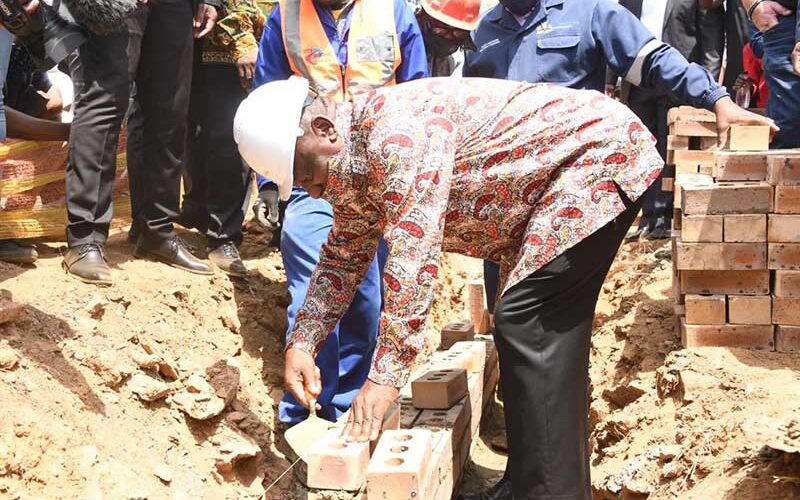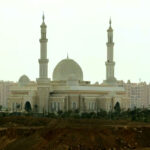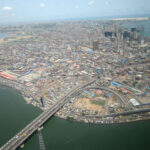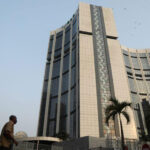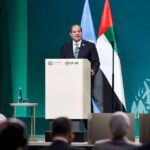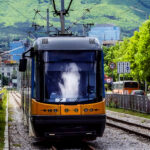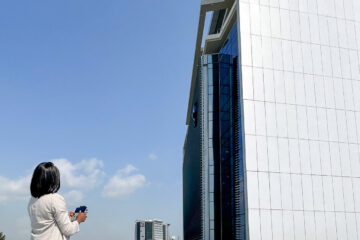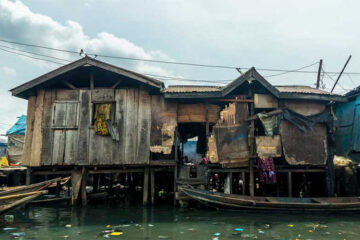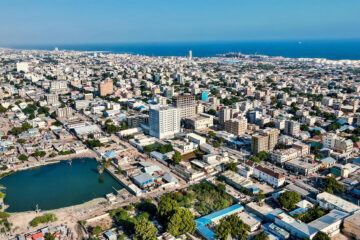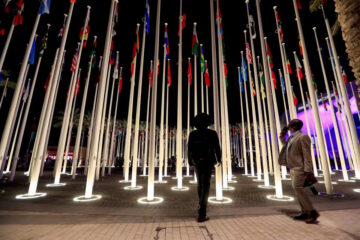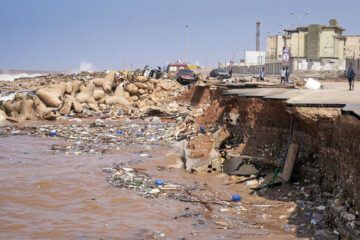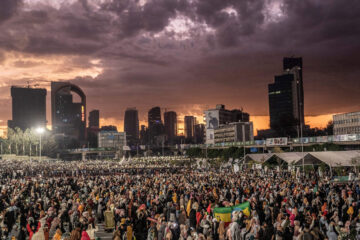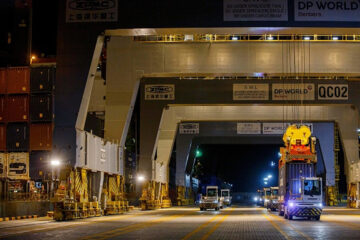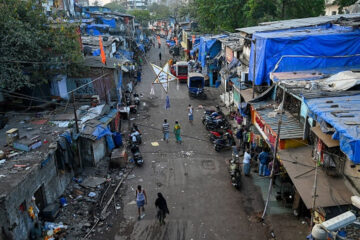AFRICAN MIRROR REPORTER
PRETORIA, the capital of South Africa, is the site of the country’s brand new mega city, a R84-billion project that will have 50 000 units.
The Mooikloof development, whose first phase will cost R30-billion, is being hoisted as an example of how the government and the private sector can collaborate in major infrastructure projects to enhance service delivery.
The project is expected to create 41 000 jobs.
South African President Cyril Ramaphosa, who officially launched the project, said once it is completed, the Mooikloof Mega City may end up becoming the world’s largest sectional property development, with land also earmarked for schools, shops and offices.
Ramaphosa said the development was being pursued in line with green building principles, and would make optimal use of green belts and green spaces for residential recreation.
Furthermore, Ramaphosa added, the use of recycled materials and solar energy technology furthered the government’s commitment to making green human settlements a permanent feature on the national landscape.
The President also said the Mooikloof Integrated Development would contribute towards the eradication of “spatial apartheid” and assist in the building of new integrated communities.
“While a minority lived in comfort and security with access to centers of commercial activity, the black majority were confined to townships that served as labor reserves. In the rural parts of our country this was even worse, with the under-developed Bantustans existing alongside more affluent so-called white South Africa. We continue to feel the effects of apartheid spatial design in what may be termed the 40/40/40 principle.
“This means that most people are housed 40 kilometers from employment opportunities, as a result, they spend over 40 minutes travelling to and from work, and spend over 40% of their incomes on transport expenses. In many cases those affected are the poor who live in 40m2 houses. This development has all the key features of spatial integration. It is located in one of the most sought-after addresses in the City of Tshwane, with some of the highest average house prices. It is a nodal development giving residents and tenants easier access to vital transportation corridors,” Ramaphosa said.
The President said the Mooikloof Integrated Development was one of the 62 Strategic Integrated Projects (SIPs) that were gazetted at the end of July. He said the listing of the SIPs followed the inaugural Sustainable Infrastructure Development Symposium (SIDS) in June, which managed to unlock over R340bn in private sector investment in key economic sectors.
“That we are already seeing the brick and mortar results of this strategic infrastructure project is immensely encouraging. This housing development addresses what may be referred to as the ‘housing missing middle’; people who earn too much to qualify for fully subsidized housing but who don’t earn enough to afford debt-financed housing in areas of their choice.
“But by far the most important aspect of this catalytic project is its contribution to inclusionary housing development. In the inaugural State of the Nation of the 6th Administration, I outlined the seven priority areas that will guide the work of government. Amongst the priority areas mentioned was spatial integration, human settlements and local government. Spatial integration is aimed at undoing a prominent feature of the apartheid project.

